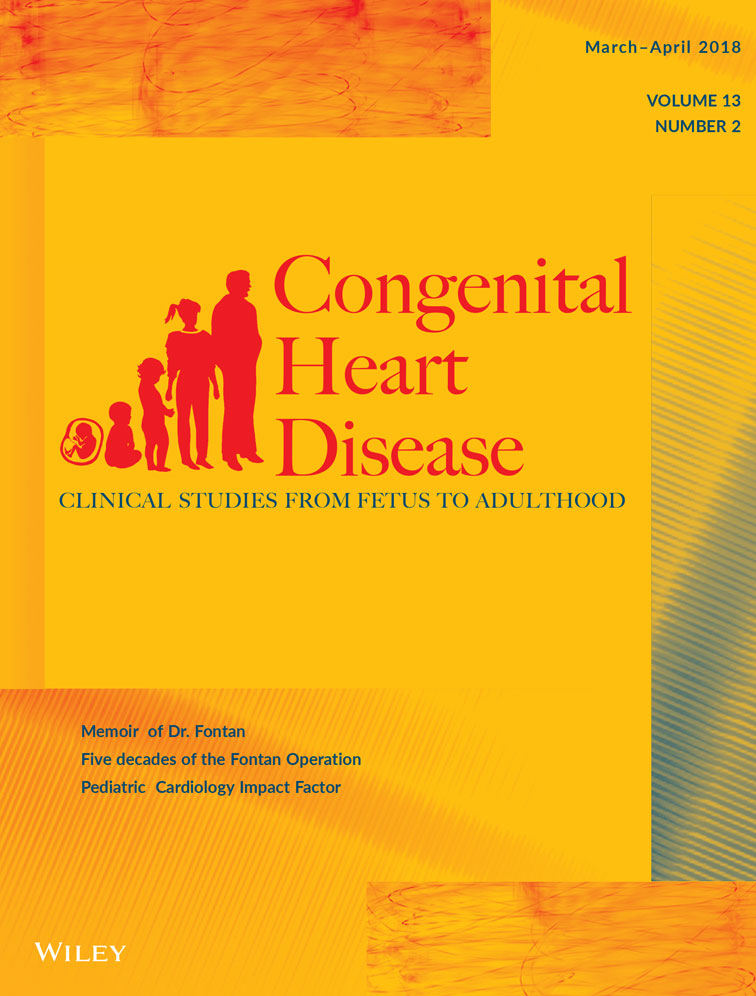Predictive value of presuperior cavopulmonary anastomosis cardiac catheterization at increased altitude
Funding information: None
Abstract
Objective
Infants with single ventricle physiology typically undergo cardiac catheterization prior to superior cavopulmonary anastomosis (SCPA) to assess operative suitability. Predictors of poor outcome at sea level include elevated pulmonary artery pressure (mPAP), indexed pulmonary vascular resistance (PVRi), age <3 months, significant atrioventricular valve regurgitation, among others. Increased altitude has vasoconstrictive effects on the pulmonary vasculature, which may affect pre-SCPA hemodynamics and outcomes. The goal of this study was to determine the predictive value of pre-SCPA catheterization data with regard to reaching Fontan palliation at altitude.
Design
A retrospective review revealed 150 patients who underwent pre-SCPA catheterization over a 10-year period. Subjects were grouped by progression to Fontan vs aborted palliation, heart transplant or death. Statistics included t-tests, logistic regression and receiver operator characteristic (ROC) curve analysis.
Results
Independent predictors of failure to achieve Fontan operation at increased altitude include decreased ventricular function, increased mPAP, increased PVRi, and prolonged hospitalization, after adjusting for ventricular morphology and sex.
Conclusions
Our data indicate that decreased ventricular function most strongly predicts failure to reach Fontan palliation. Additionally, mPAP and PVRi play an important role in determining outcomes at increased altitude. Prolonged hospitalization is likely a marker of increased medical complexity or more problematic physiology.
CONFLICT OF INTEREST
None




